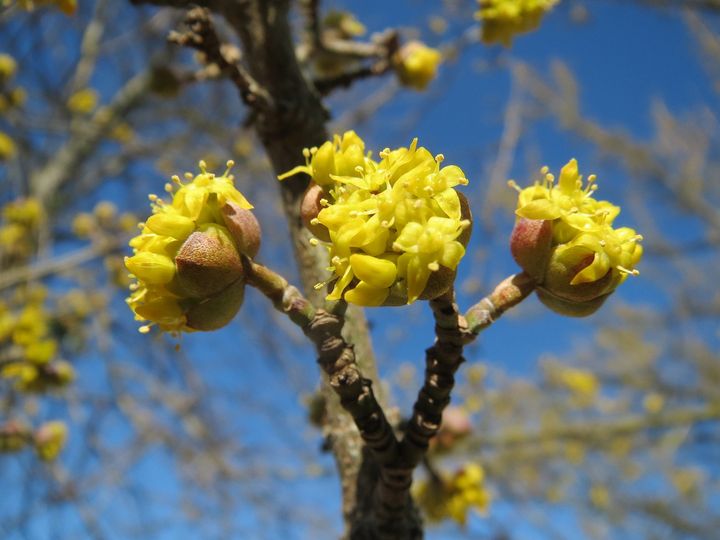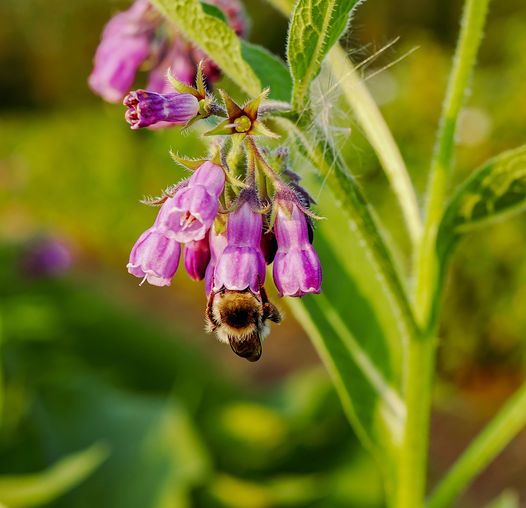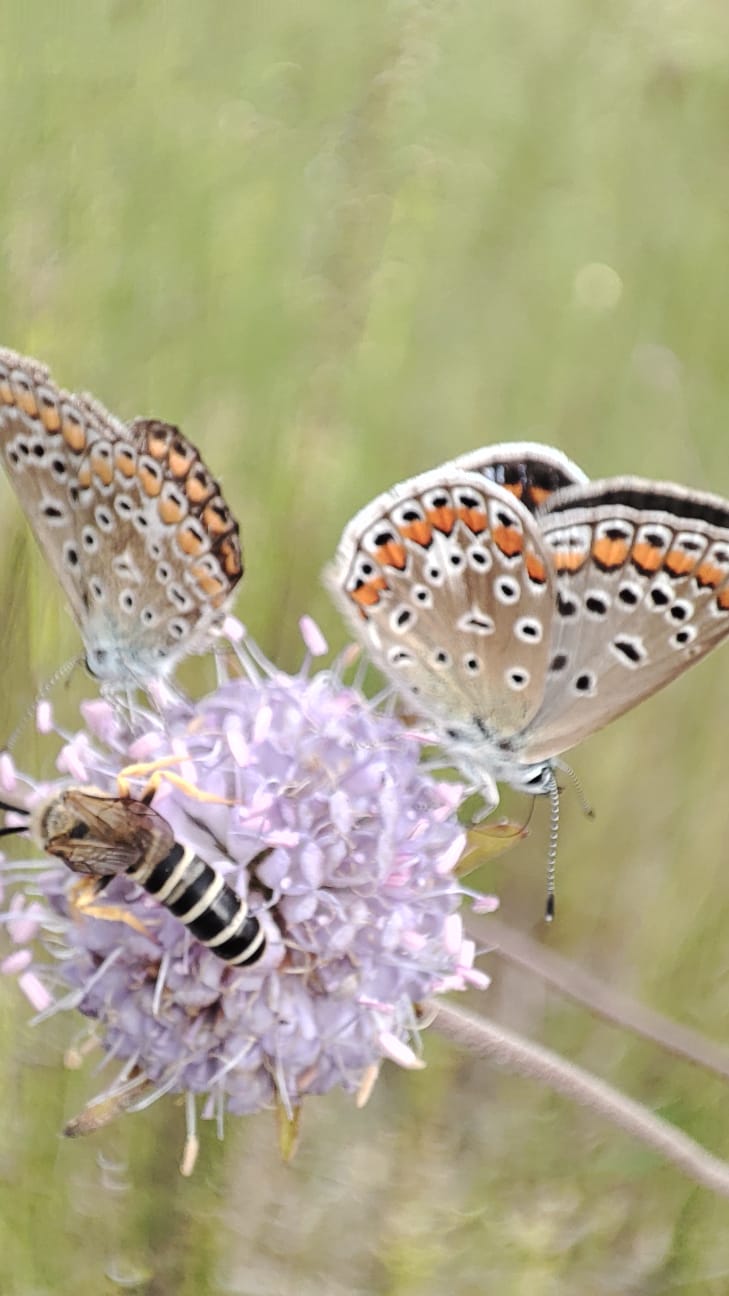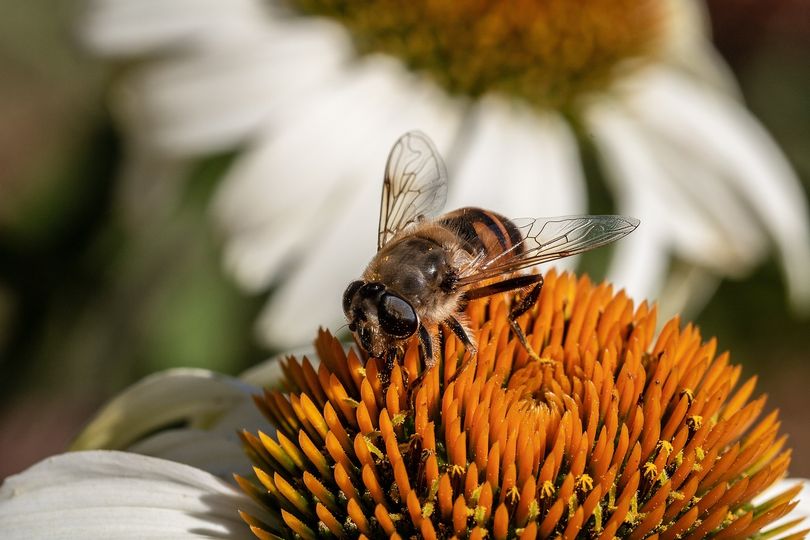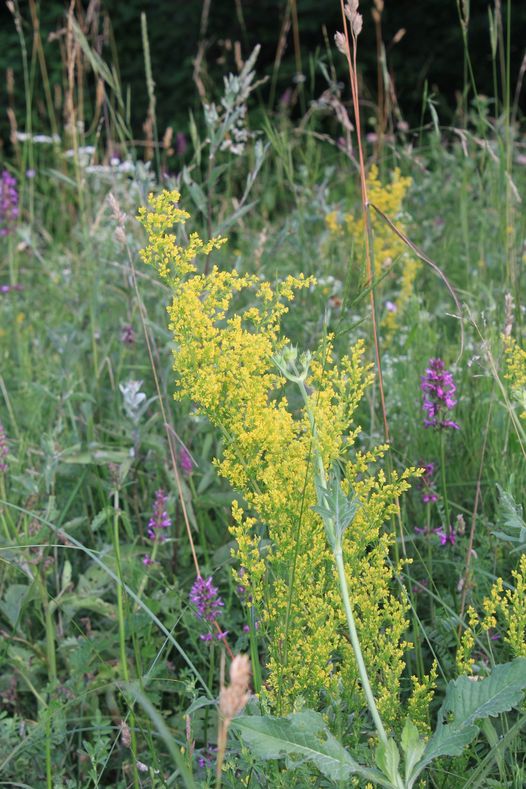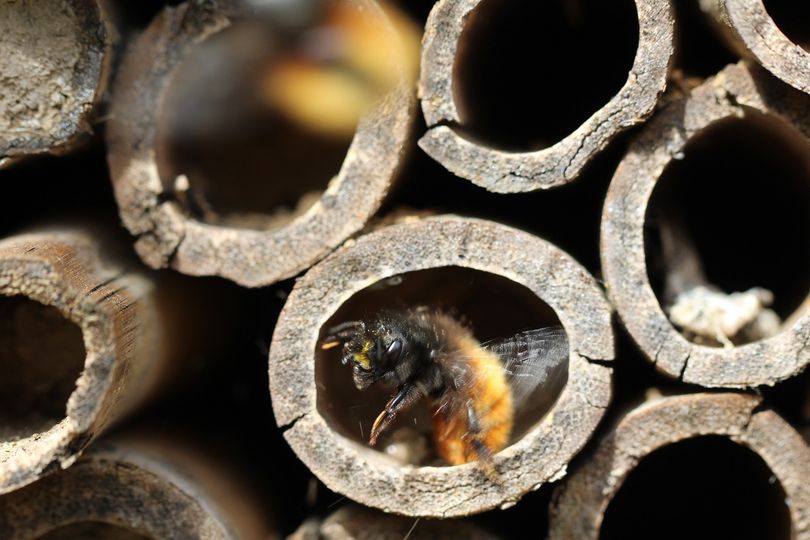Cornelian Cherry
lifepollinaction2023-10-03T09:19:00+02:00Cornelian Cherry An ancient plant In the spring, the Cornelian cherry (Cornus mas) blooms in our forests with small yellow flowers clustered here and there in inflorescences on still bare branches. The Cornelian cherry can be found in clearings and at the edges of deciduous forests, both in the plains and in the mid-mountain areas. Its fruits ripen gradually in late summer, and their decorative effect is remarkable: in fact, you can find fruits of all shades on the same plant, from green to bright red. The Cornelian cherry plays an important role for pollinators : its small yellow flowers [...]


